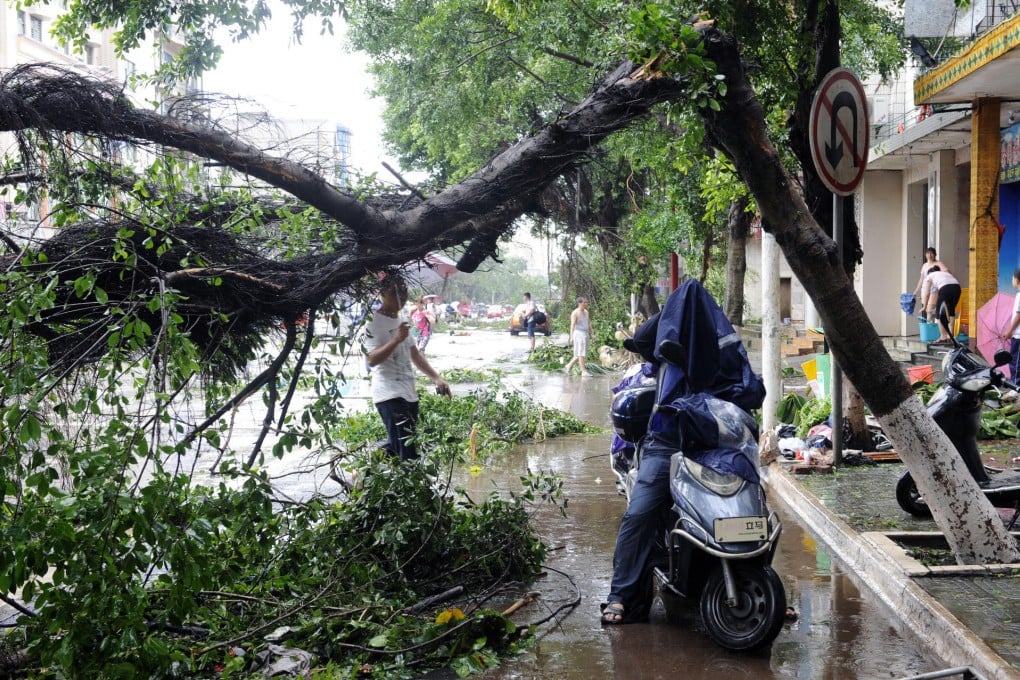Another 'super typhoon' on the way as Matmo follows hot on the heels of deadly Rammasun
Clean-up under way in Hainan and Guangxi after Typhoon Rammasun leaves a trail of destruction and huge economic losses

A major storm that is expected to become a super typhoon was today churning its way across the South China Sea, hot on the heels of Typhoon Rammasun, which left more than 110 dead in China and the Philippines.
Typhoon Matmo is centred some 1,000 kilometres east-southeast of Manila and is currently heading towards Taiwan, according to Hong Kong Observatory.

The disaster-weary Philippines is braced for Matmo's approach, officials said. Although the new storm is not expected to hit the main island of Luzon, it is likely to bring heavy rain, with a risk of flash floods and landslides.
A statement on the Observatory website read: "At 8am Typhoon Matmo was centred about 1,000 kilometres east-southeast of Manila. It is forecast to move north-northwest at about 16 kilometres per hour across the seas east of the Philippines.
"Meanwhile, Tropical Depression Rammasun was centred about 310 kilometres north-northwest of Hanoi. It is forecast to move west at about 20 kilometres per hour, and dissipating gradually."